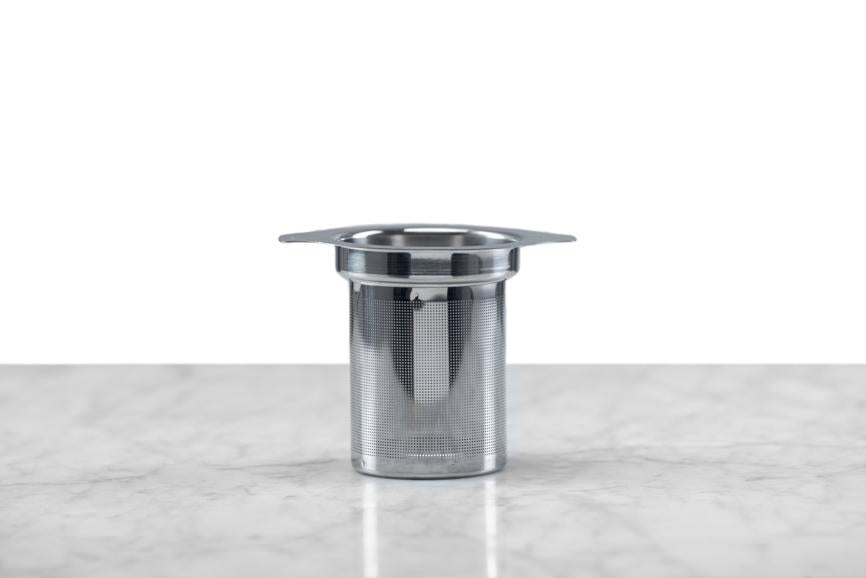What is Tea?
What is Green Tea?
You've probably heard the buzz-worthy news stories about how green tea is the healthiest tea or green tea is the best tea for weight loss or that green tea has the most caffeine. But what is green tea, really?
While part of me wishes we could simply put a sentence here that says "Green tea is..." and give you a one line definition, the other part of me doesn't want to oversimplify a tradition literally thousands of years in the making. So first, I'm going to roll things back a bit and very briefly discuss tea as a whole before diving into what makes green tea green. (If you're too impatient, you can skip down to: How is Green Tea Made?)
All About Green Tea
What is Tea? (& Where Does it Come From?)
Tea is a beverage made from steeping the dried leaves of the tea tree (latin name camellia sinensis) in hot water. The tea tree is a plant native to China and other tropical and subtropical regions with a few notable variants. Over thousands of years, humans have cultivated tea trees, developed processes for creating a variety of delicious beverages from the camellia sinensis leaves, and fought many wars to ensure they can continue cultivating and drinking tea.
Do green tea and black tea come from different plants?
In a word, no. But if you thought green tea and black tea were different plants, don't spend too much time dwelling on it. The idea that green and black teas come from different plants is a common one - especially in Western countries where tea is consumed but not cultivated, like much of North America and Europe. In fact, until botanist Robert Fortune disguised himself as a tea merchant to gain access to Chinese tea gardens in the mid-19th century, most Europeans labored under this exact misconception because it makes so much sense. Black tea and green tea taste so wildly different, it's almost more fantastical to believe they come from the same leaves. (Aside: We're going to ignore the shady corporate espionage aspect of this discovery for now and save that for another day and another blog.)
All types of tea that we drink come from the same plant: camellia sinensis. As with many plants, there are different varieties that may lend themselves better to growth in certain regions or to the production of one type of tea over another.
Camellia sinensis var. sinensis is mainly cultivated in China and is used to produce all types of tea, from white to green to oolong to black to pu erh.
Camellia sinensis var. assamica was discovered by Scottish Major Robert Bruce growing wild in the Assam region of India in the early 19th century, and it is now mainly grown in India, Africa, and Sri Lanka to produce black teas.
Camellia sinensis var. cambodiensis is rarely used to cultivate teas since it is less aromatic and flavorful than the sinensis and assamica varietals, but it is often used in the creation of new cultivars. (Cultivars are hybridizations selected for their specific characteristics, like flavor, hardiness, etc. Some famous cultivars include Long Jing 43 or Tie Guan Yin.)
(Note: Most Pu Erh from the Yunnan province in China will be from var. assamica, which also grows wild in Yunnan, while Darjeeling is actually cultivated from var. sinensis plants the British transplanted from China.)
Does green tea have more caffeine than black tea? Learn more >>
How is Green Tea Made?
There are six main stages to making green tea. These stages will vary based on country, tradition, and type of tea made. For purposes of this blog, we will only break out the most significant differences in production between the two most prolific producers of green tea in the world: China and Japan.
One
Plucking
Two
Withering (Mostly China)
Three
Panning (Chinese)
Long Jing Zhejiang
Three
Steaming (Japan)
Sencha Sumire
Three and a half
Cooling & First Drying (Japan)
Four
Rolling
Five
Drying
Five and a half
Shaping & 3rd Driving (Japan)
From $ 2.60
From $ 3.50
$ 12.50
$ 25.00
Why is Green Tea Called Green Tea?
And now we come to the 'Thank you, Captain Obvious' portion of our blog where I get to tell you that green tea is called green tea because... it's green!
Green tea is prized for being as close to the original color and flavor of the tea plant as it is possible to get. Thanks to the many, many people who figured out how to process tea leaves over thousands of years, we are able to halt the natural oxidation process and create the drink that truly resembles the fresh, vibrancy of the living tea plant. This is why tasting notes for green teas will often include words like vegetal, spring shoots, or even grassy.
Which is your favorite green tea? Explore our collection of Chinese and Japanese green teas and let us know which style you prefer on Facebook or Instagram!
Everything You Need to Brew
$ 14.00
$ 18.00
$ 10.00
Sources
Gascoyne, K., Marchand François, Desharnais, J., & Américi Hugo. (2016). Tea: History, terroirs, varieties. Firefly Books. Ltd.












